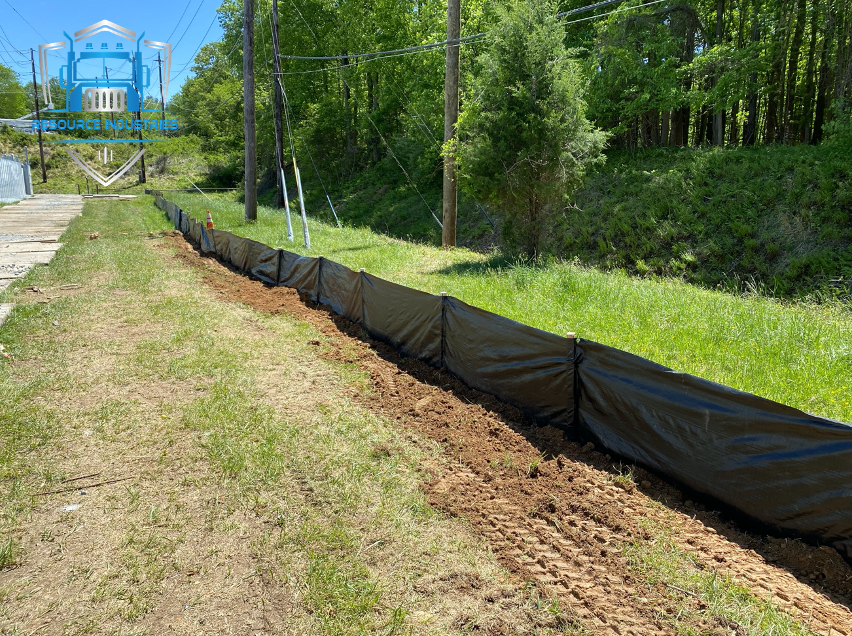Erosion Controls vs. Sediment Controls

Temporary construction erosion and sediment control is the practice of preventing or reducing the movement of sediment from a site during construction through the implementation of man-made structures, land management techniques, or natural processes. In brief, Erosion is the process of wind, water, or other natural agents gradually wearing down soil, rock, or land; whereas Sedimentation: is the process of settling or deposition of those eroded particles.
The National Pollution Discharge Elimination System (NPDES) regulates the discharge of stormwater to waterbodies within urbanized areas. The importance of regulating these discharges stems from the pollution that rainfall comes in contact with when it hits the ground. Petroleum and heavy metals deposited on roadways, fertilizers from landscaped areas, bacteria from pet waste, soil from exposed areas, and a myriad of other pollution concerns.
Our mission is to help Washington Metropolitan area contractors stay in compliance with their Environmental permits through the proper installation of E&S Controls and monthly inspection of active construction sites (i.e. exposed land). Our interactions with construction site personnel revolve around the implementation of an approved Stormwater Pollution Prevention Plans, which details a projects approach to limiting erosion on the site and confining any sedimentation within the site boundaries.
The goal of erosion controls are to intercept raindrops before they impact the ground and dislodge the soil particles. Poorly timed installation of erosion controls could leave bare soil exposed to wind and rain. Likewise, an intense rain event could exceed the capabilities of even properly installed erosion controls. In those cases the second line of defense becomes the sediment controls. Sediment controls block and filter the muddy runoff before is leaves the site. The filtering nature of sediment controls means that even the best installations will still allow the transmission of some the smallest soil particles. Additionally, poorly maintained or damaged sediment controls can allow muddy runoff to completely bypass.
Between these two types of controls, erosion controls are the most effective; the goal being to minimize erosion and keep the soil particles in place instead of having to control the subsequent muddy flows. Some examples of various types of erosion and sediment controls are listed below.
Erosion Controls
- -vegetative stabilization (grass seed)
- -mulching (woodchips, straw, stone)
- -erosion control blankets
- -tarps
- -soil binders
Sediment Controls
- -silt fencing
- -compost filter socks
- -storm drain inlet protection
- -street sweeping
- -sediment settling basins or traps
For more information about erosion and sediment controls or any other stormwater related questions contact our team of experts at (301) 814-8600.


